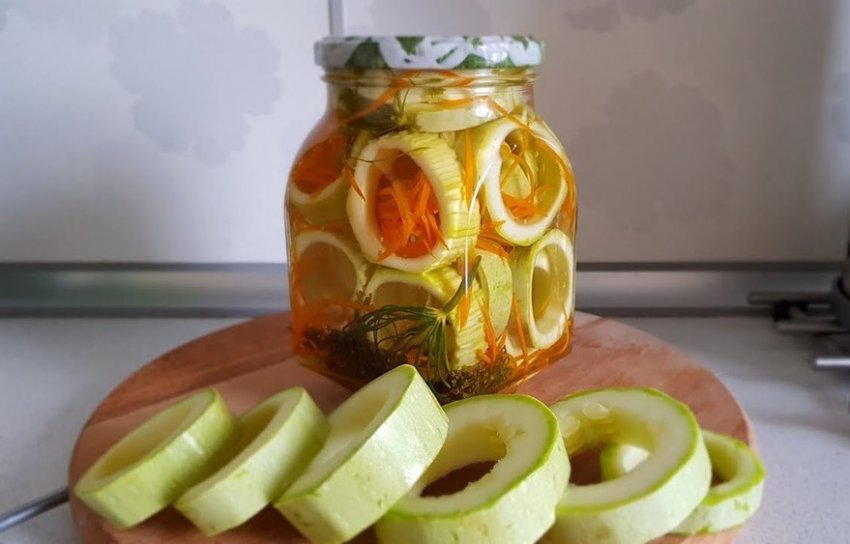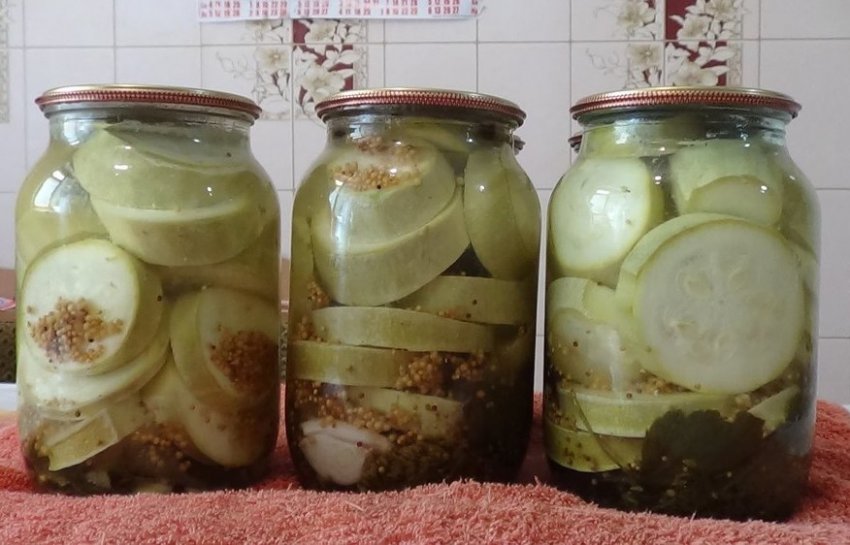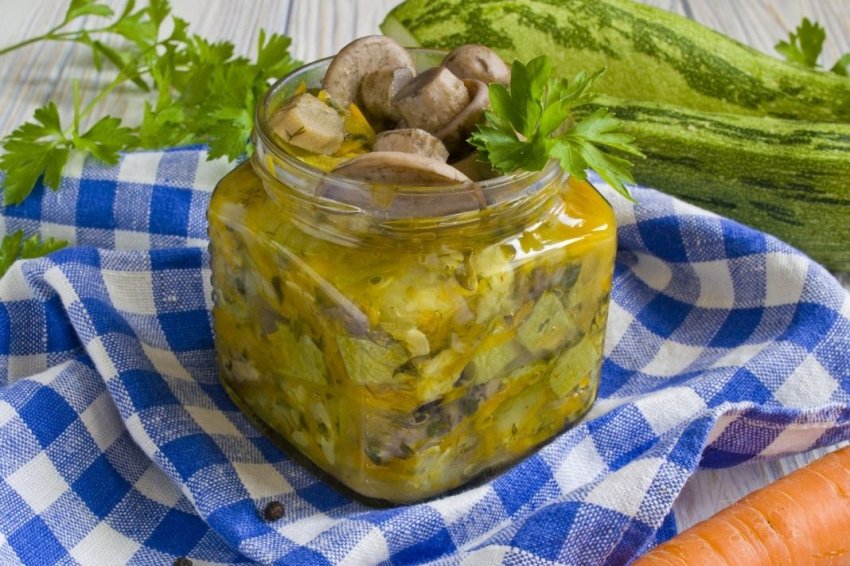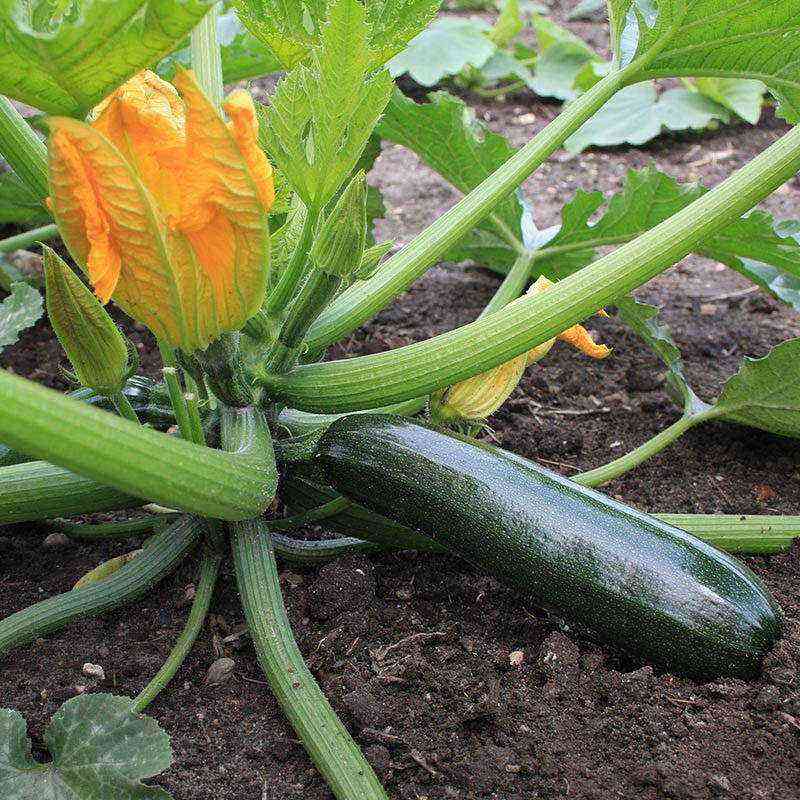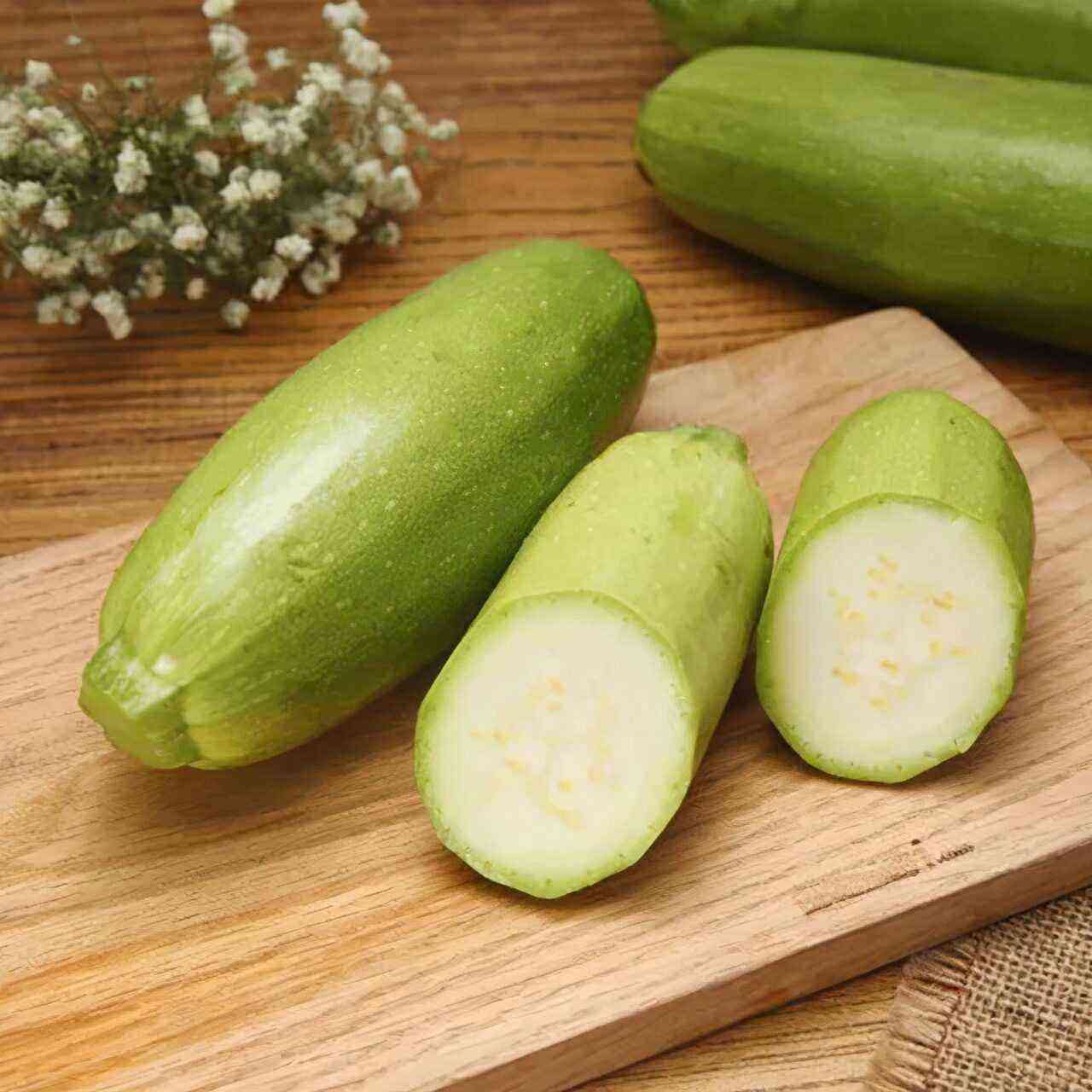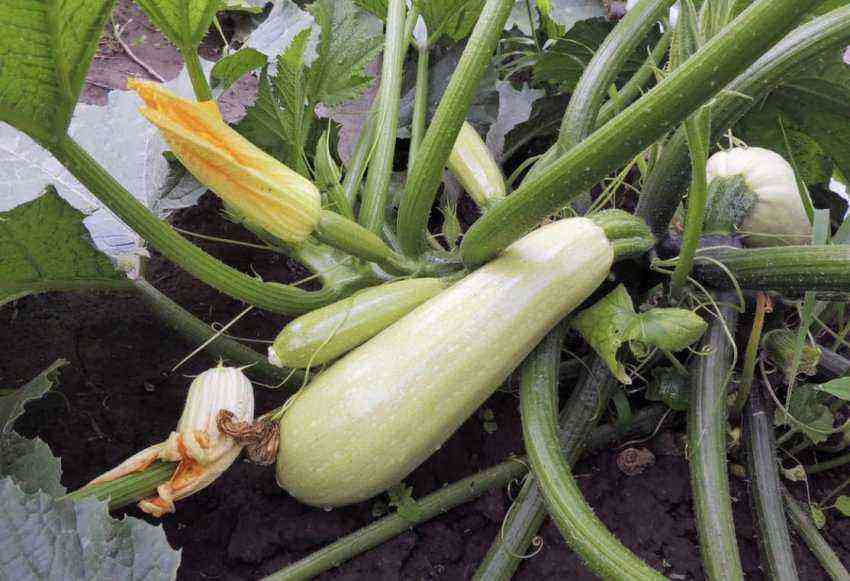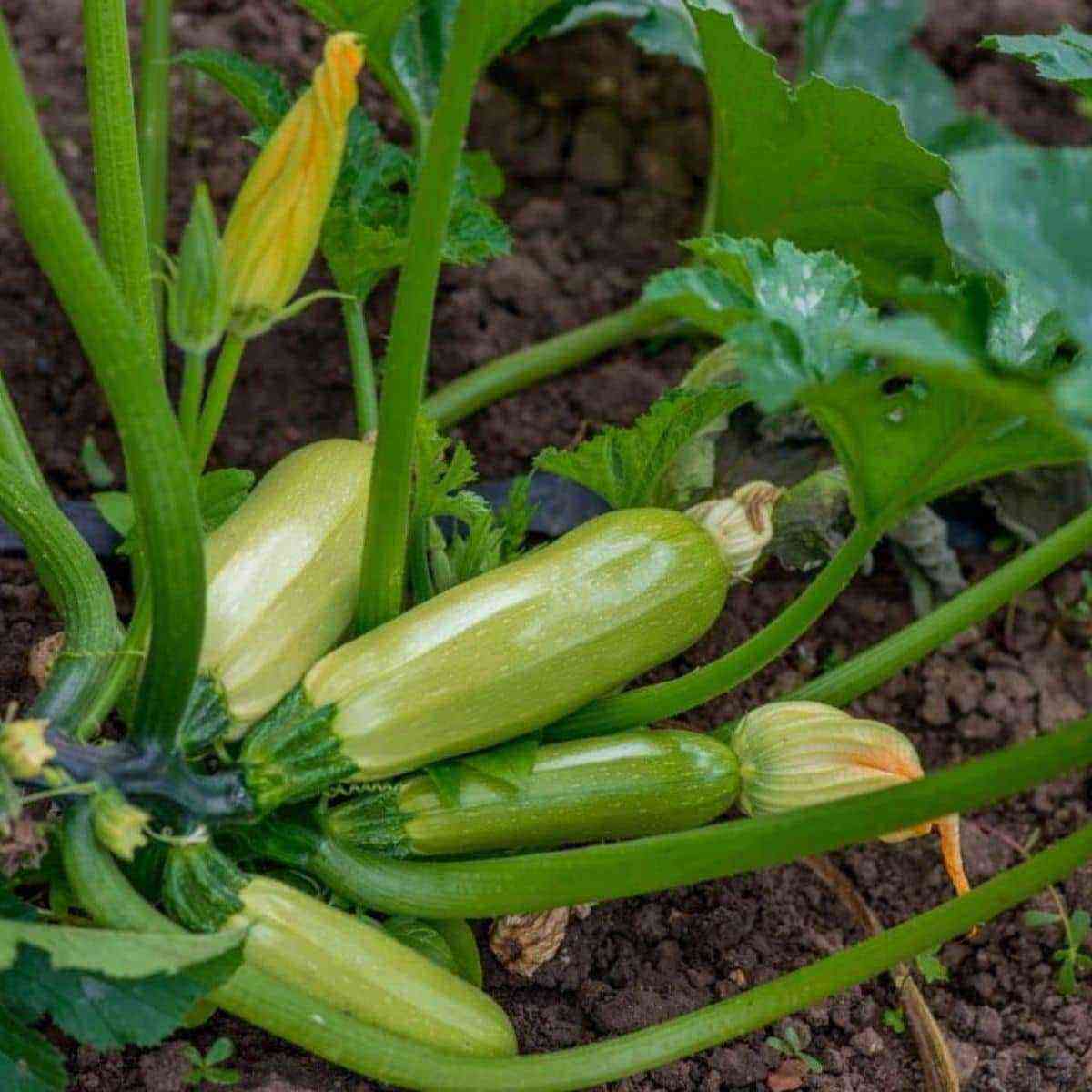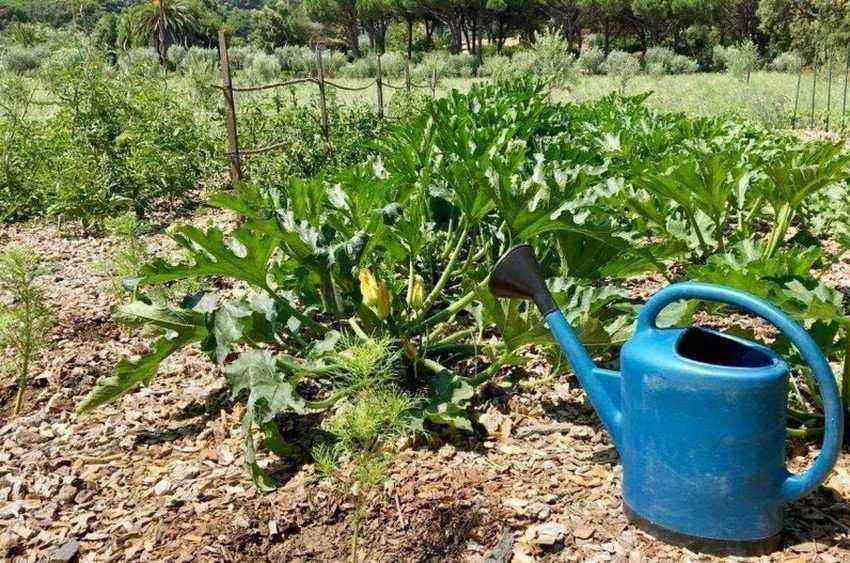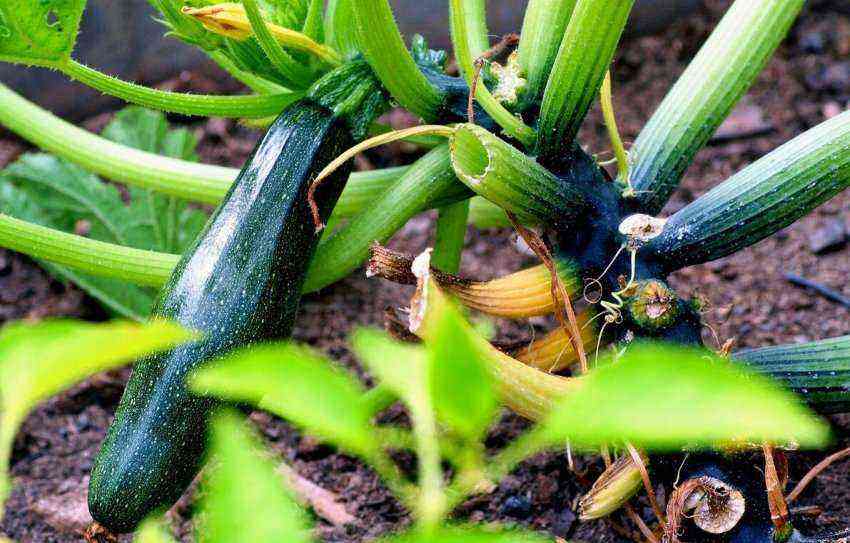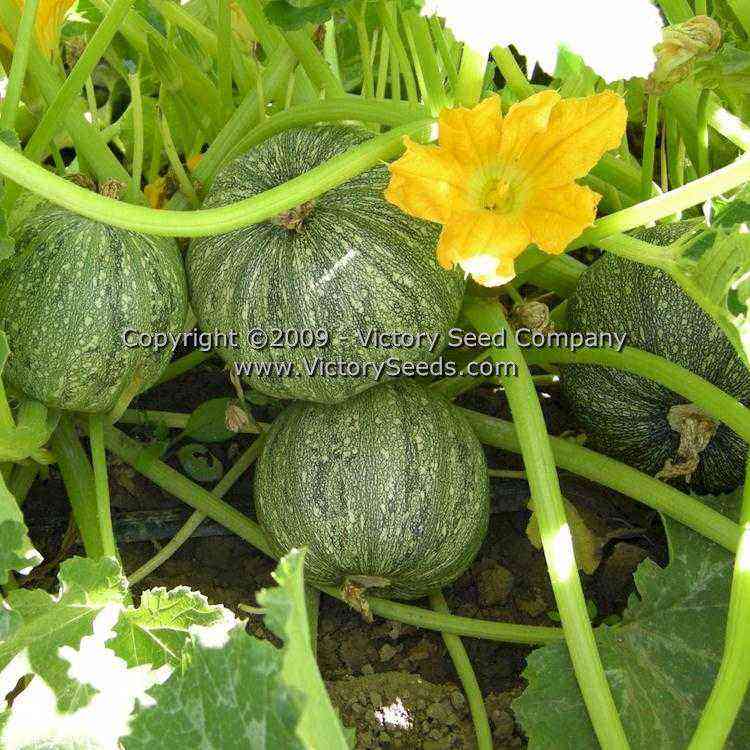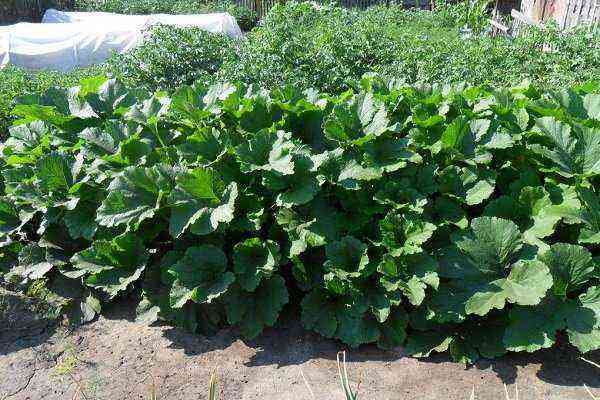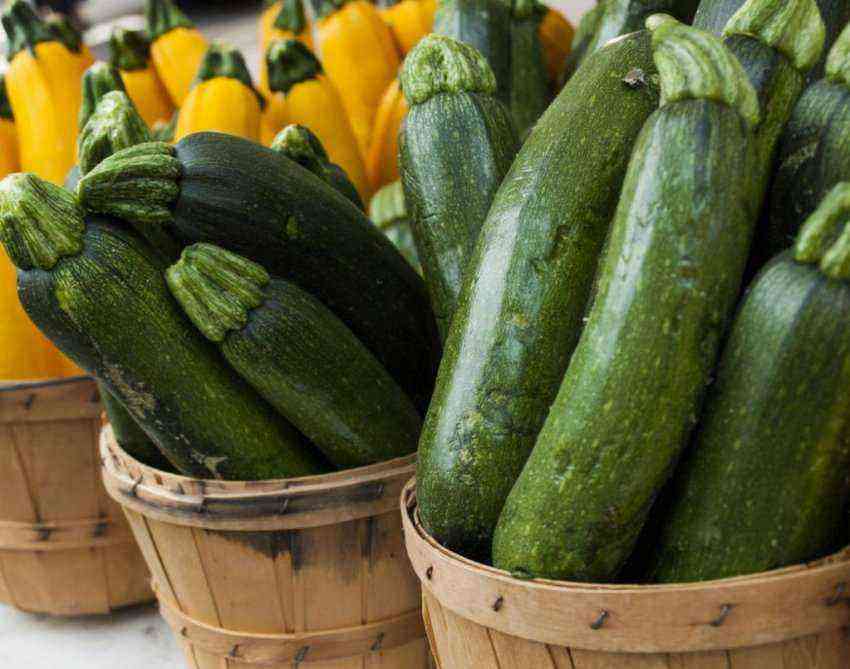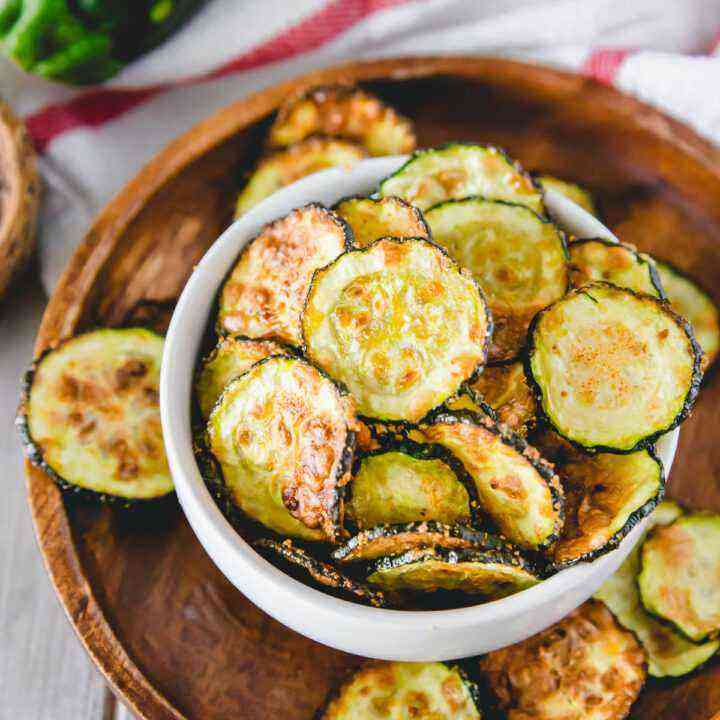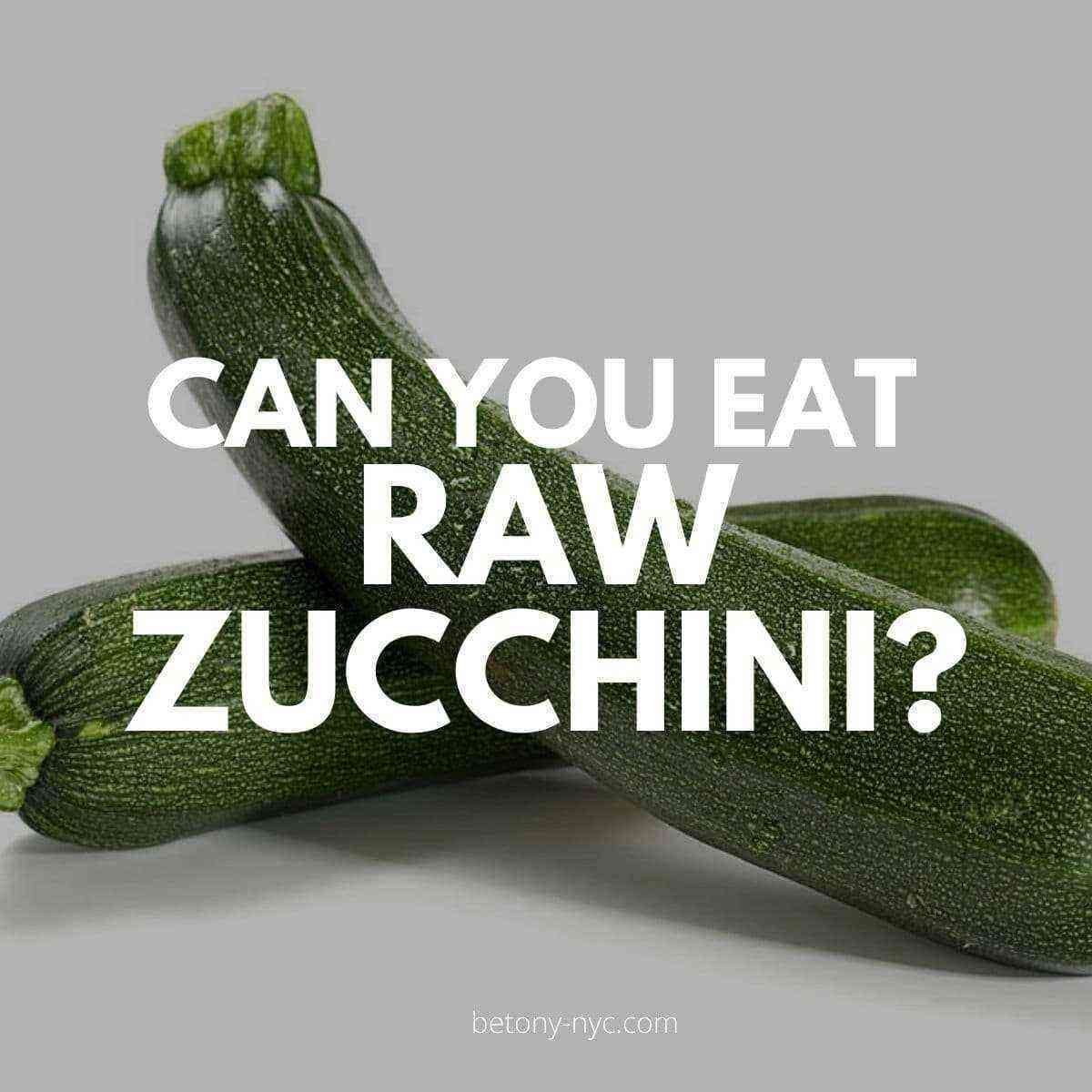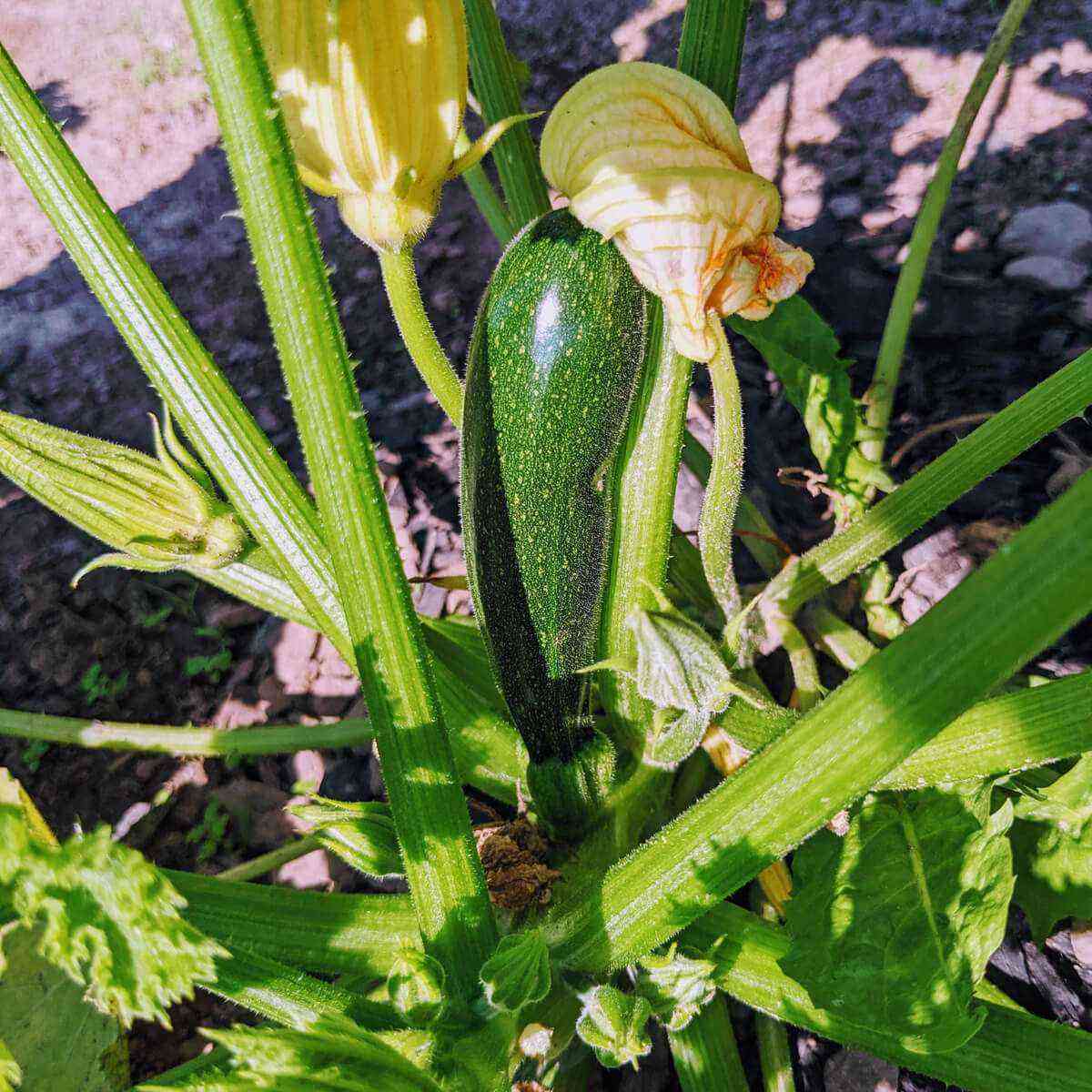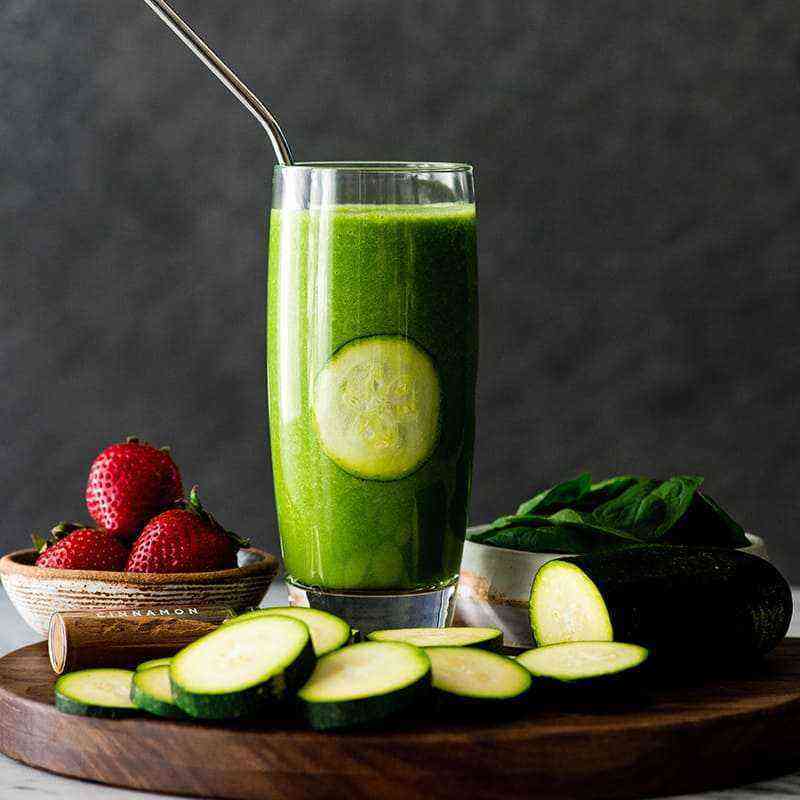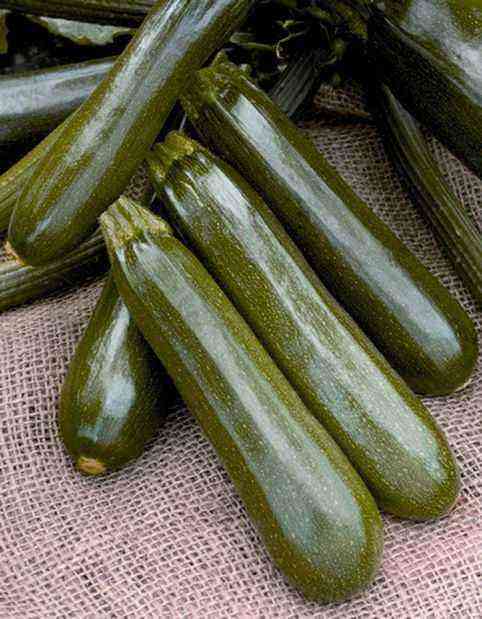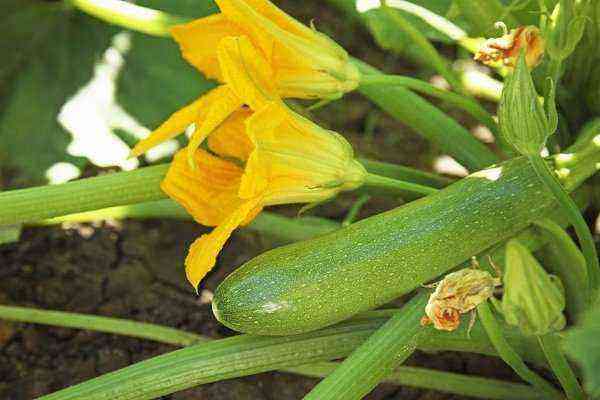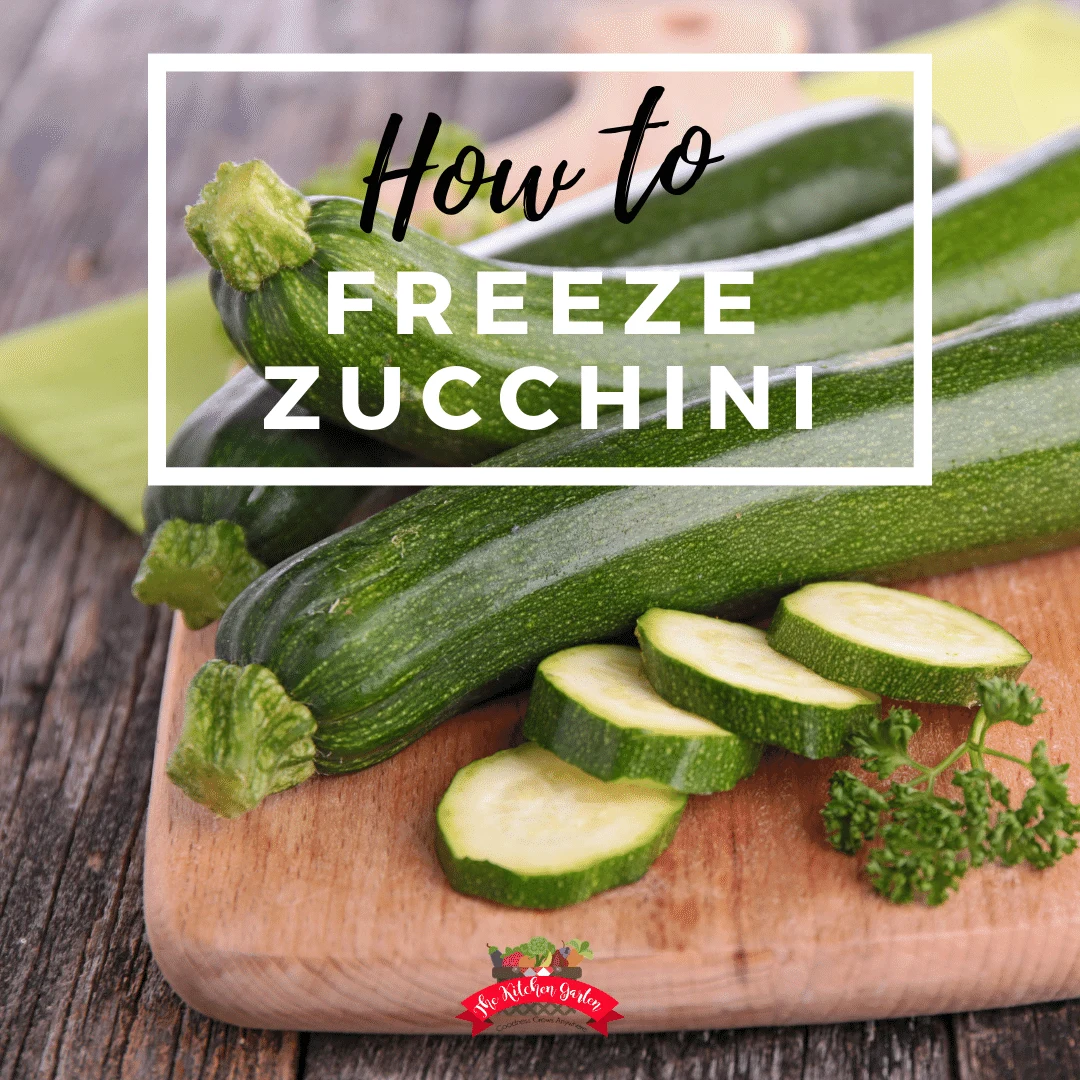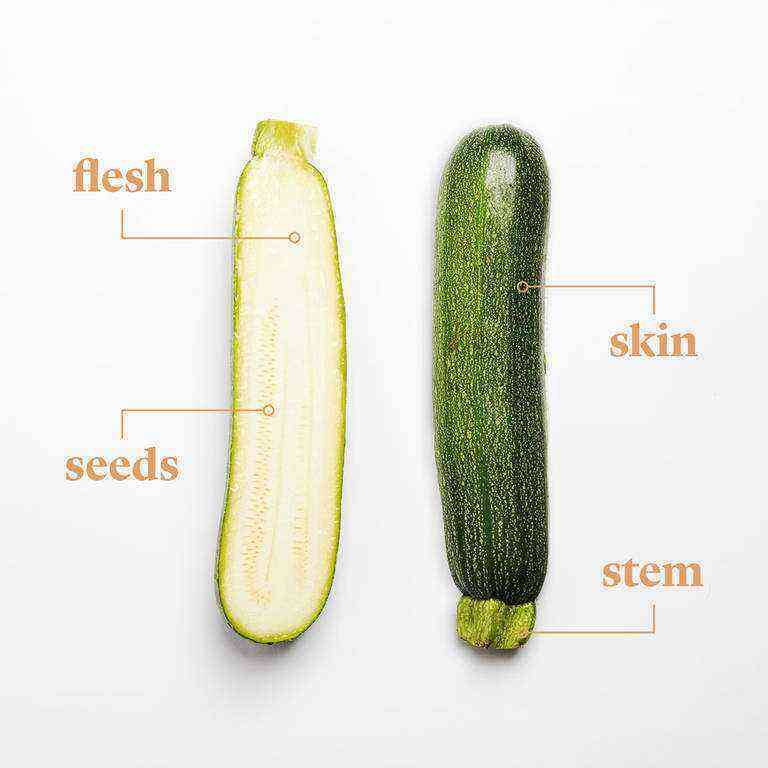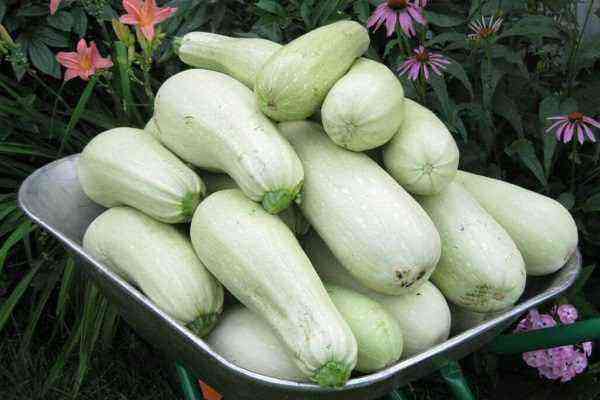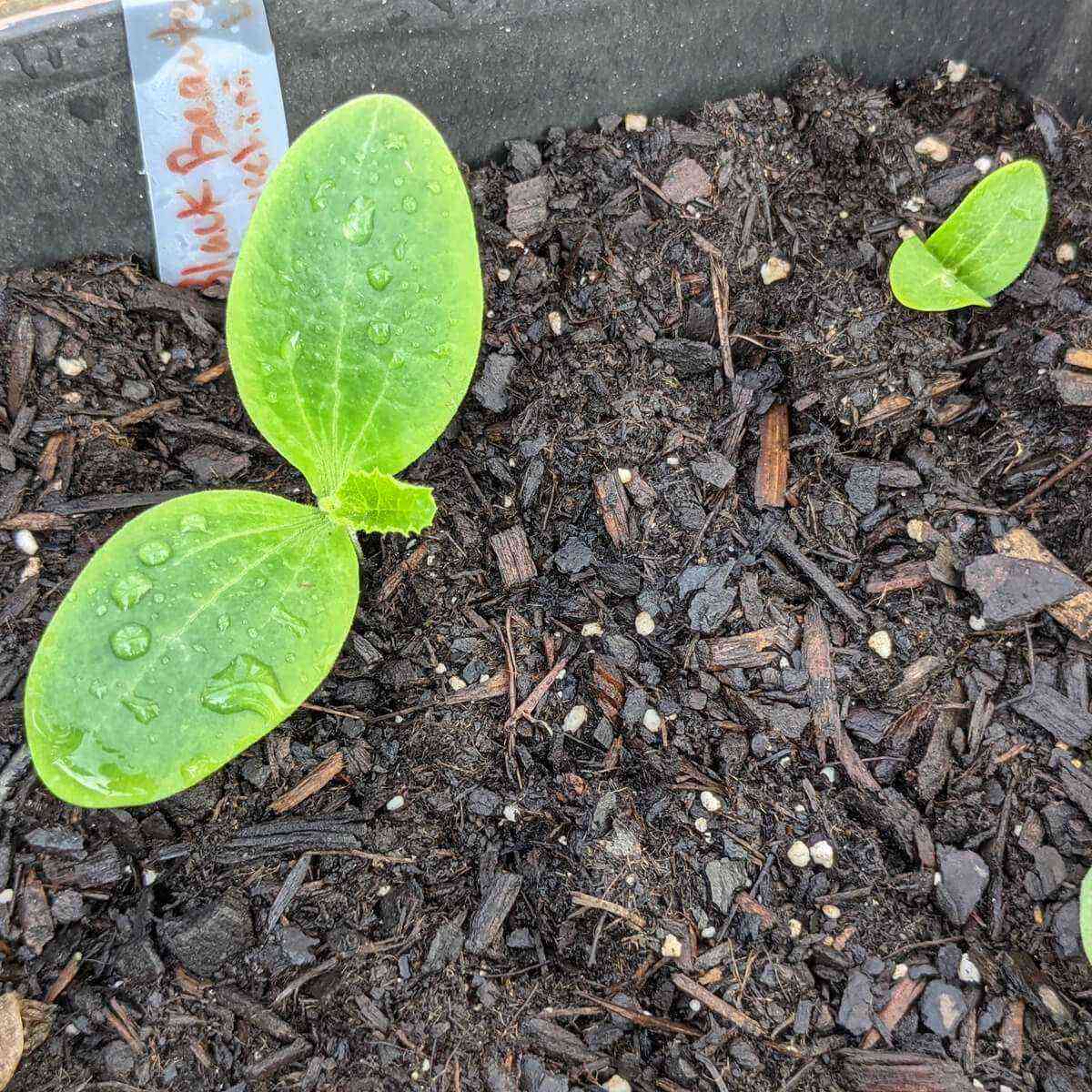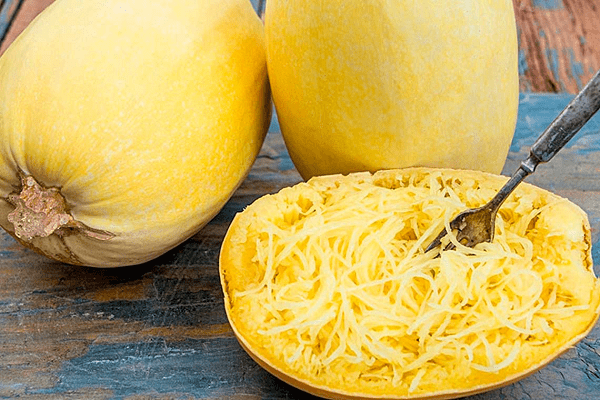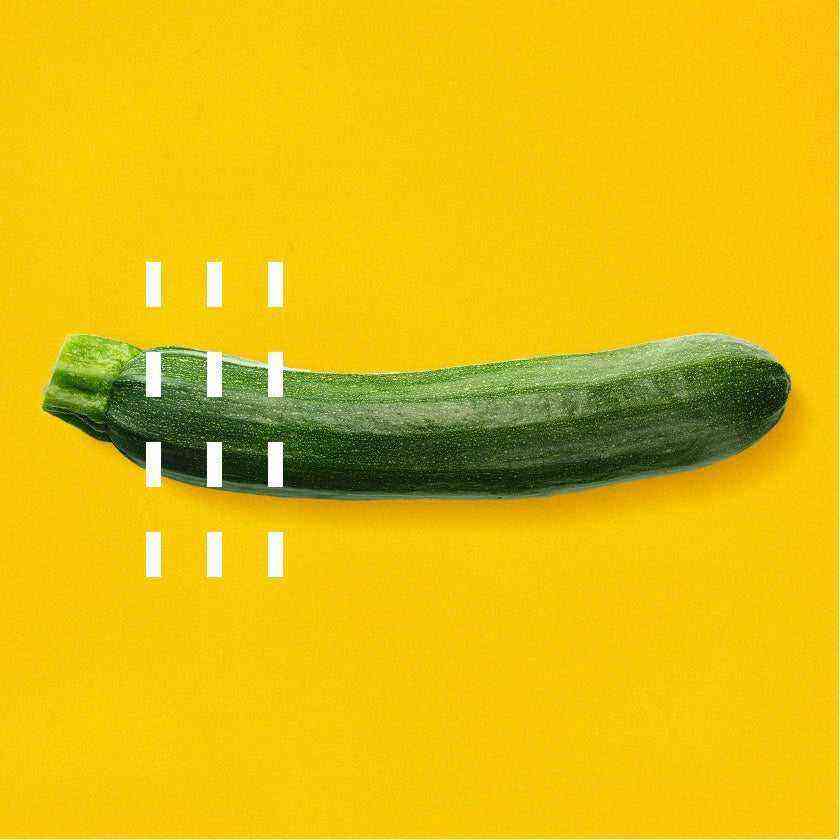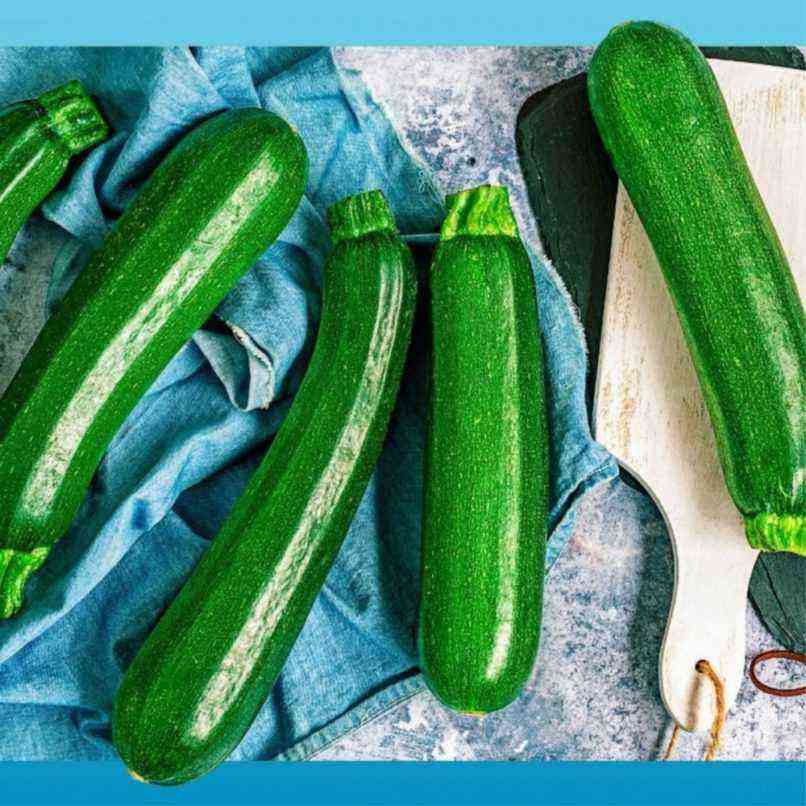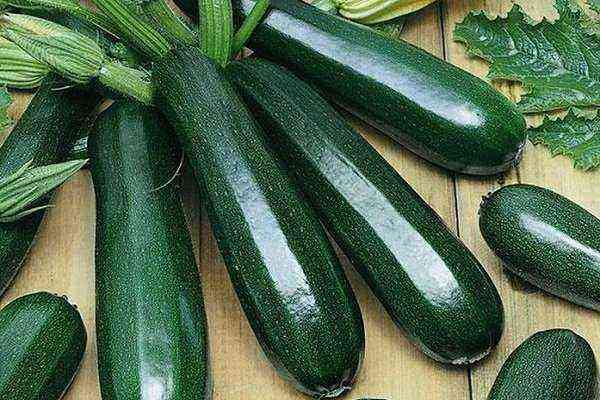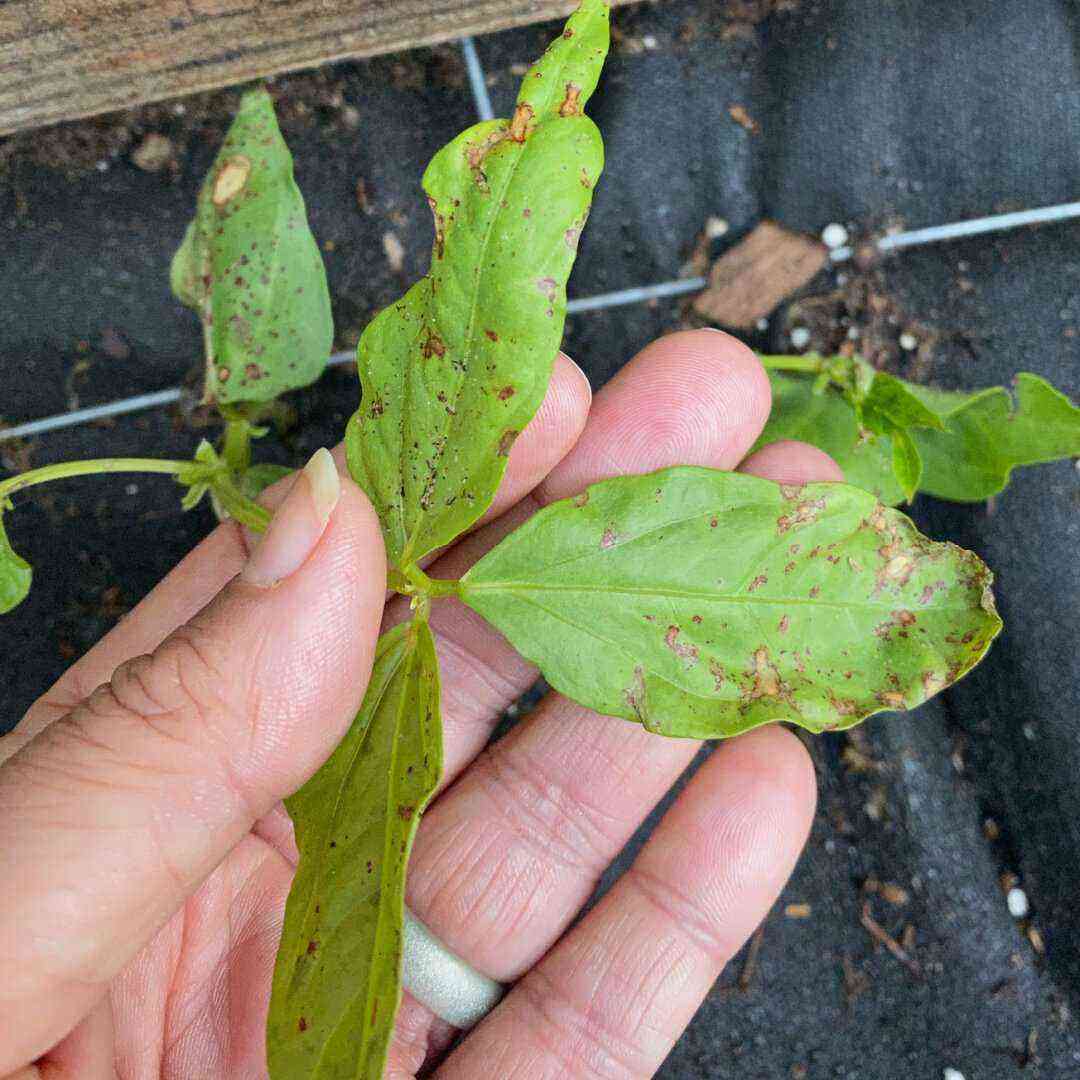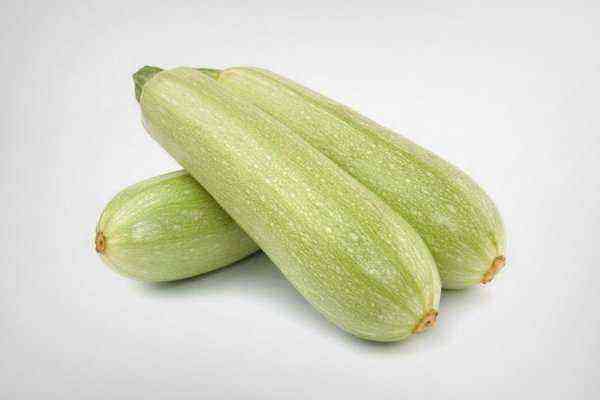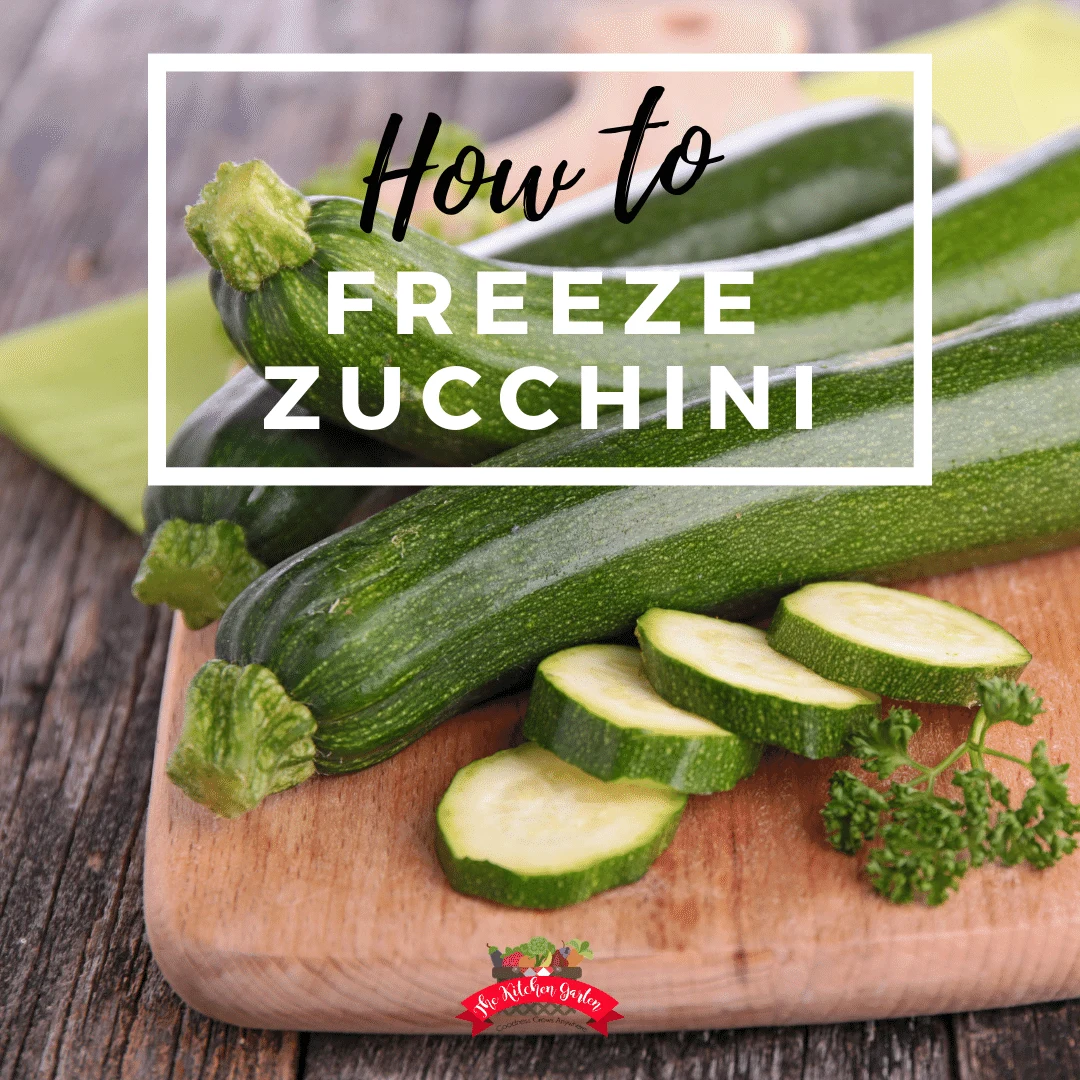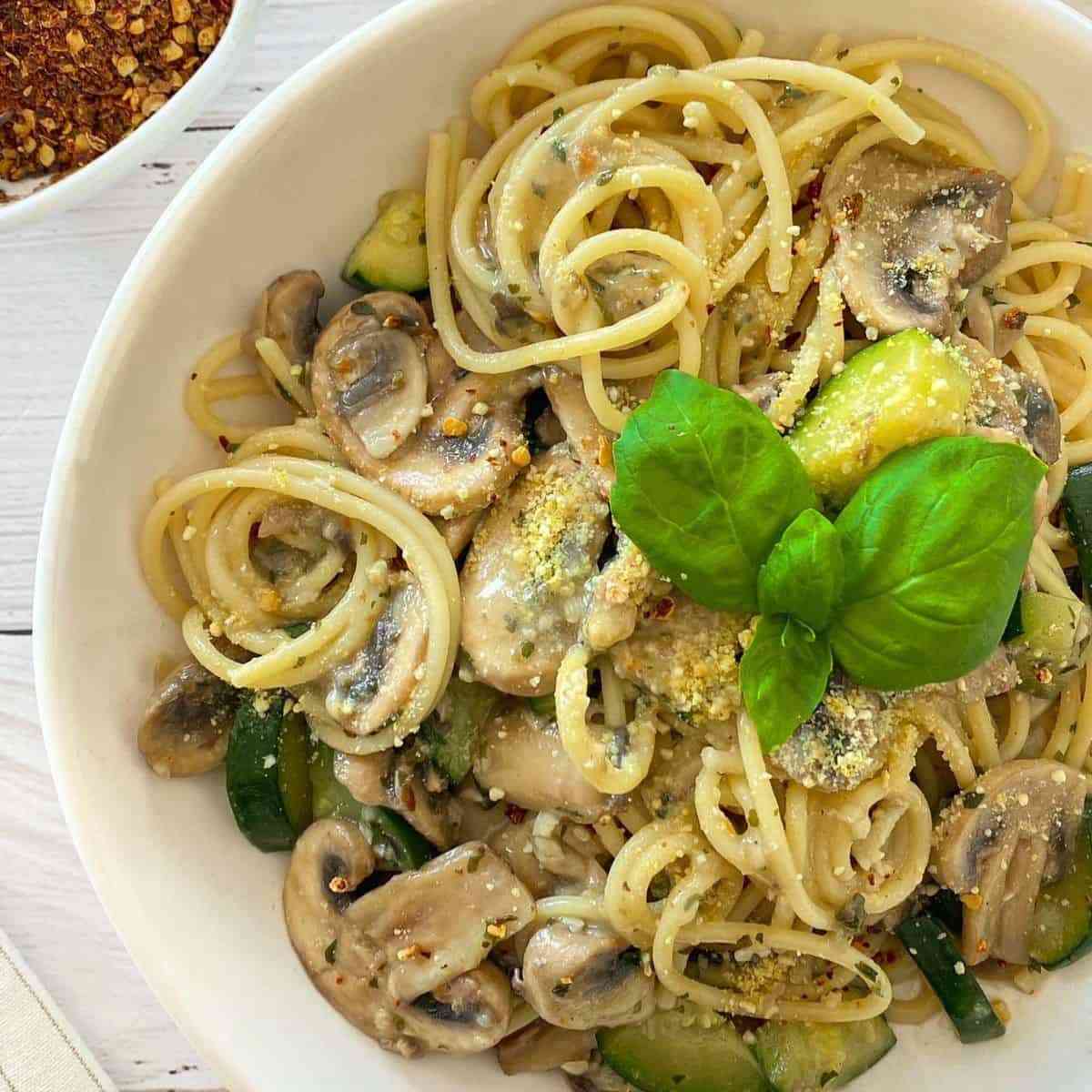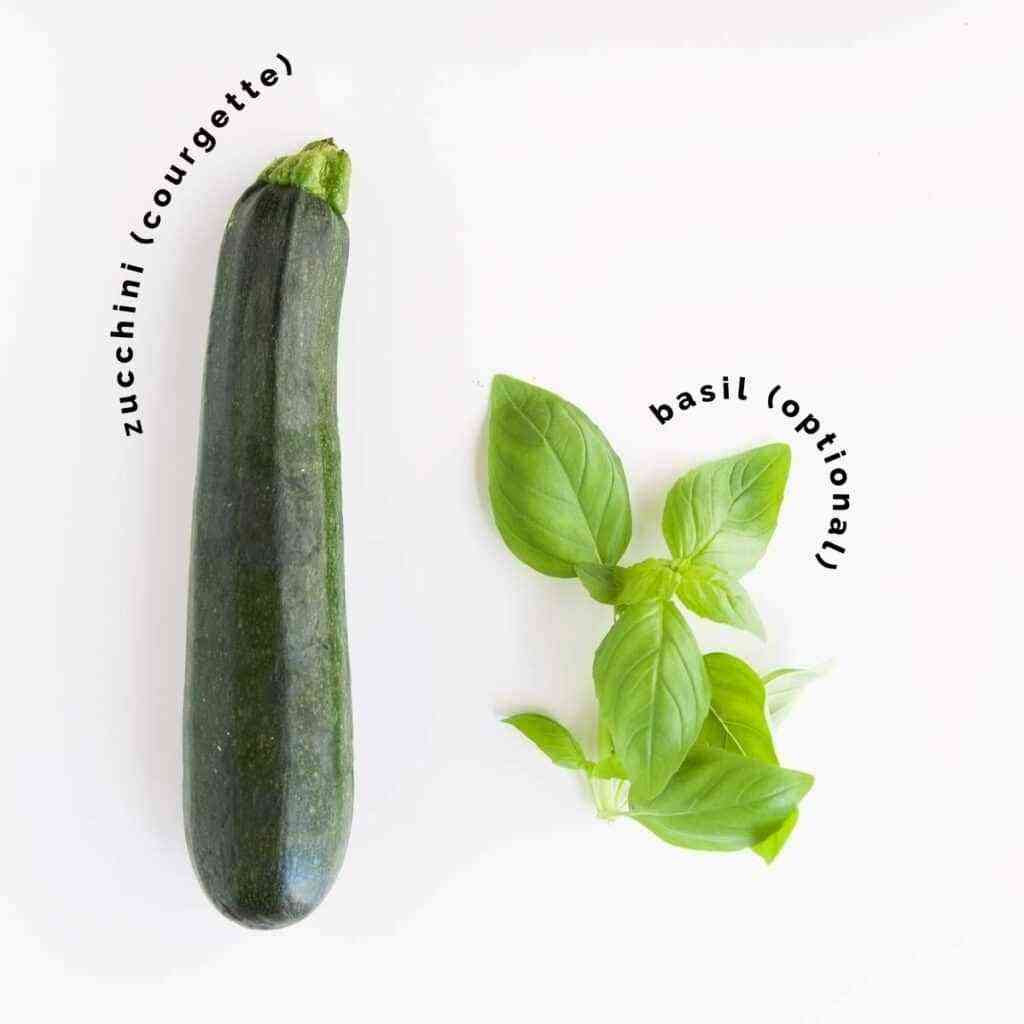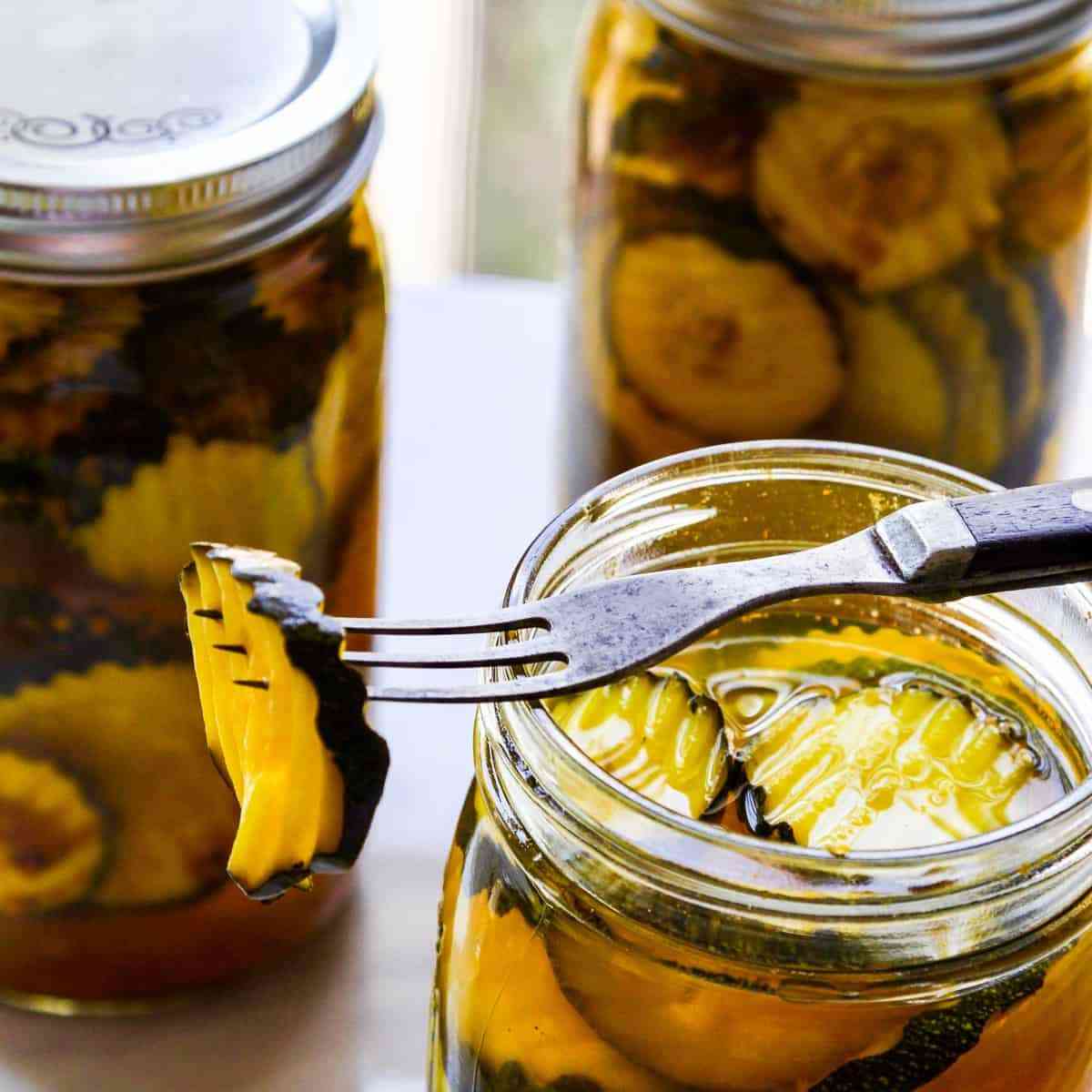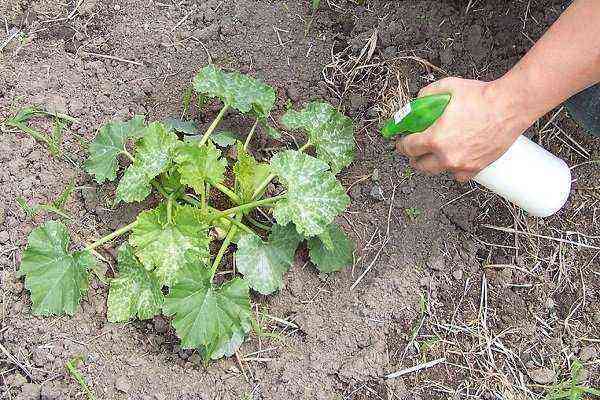Zucchini is the staple of many popular and easy-to-cook dishes. Since this crop does not grow in winter, it is worth taking care of harvesting vegetables for the winter in the summer. One of the most popular and unusually tasty ways of harvesting them is canning.
Selection and preparation of zucchini
Zucchini is a high-yielding vegetable; up to 18 fruits are harvested from one bush. Therefore, many simple and satisfying dishes are prepared from it, as well as preserves are prepared.
Before proceeding with conservation, it is necessary to select vegetables for harvesting.
Important! Young, ripe vegetables with a shiny skin are suitable for twisting.
Properly selected vegetables will subsequently be tender in taste and crispy. Pay attention to inspecting the peel for defects: you need to close only good fruits without cracks and dents for the winter, otherwise the can with preservation may burst.
After you have chosen the right vegetables, follow the procedure for cooking vegetables:
- wash the fruits thoroughly;
- dry them;
- cut the stem;
- cut in a way that suits you before twisting.
Harvesting zucchini for the winter: recipes without sterilization
There are many ways to preserve pumpkin crops for the winter without sterilization. The twist method without sterilization is quite simple, and most importantly, it does not require much effort and time. At the same time, the taste qualities do not differ at all from the product that has undergone sterilization.
Below we consider several options for preserving this product without sterilization.
Circles in Korean
The preparation of the original Korean-style zucchini recipe is quite easy and fast, but it will definitely impress you and your loved ones with an extraordinary taste.
Did you know? The prefix in the name of the dish “in Korean” means that a large amount of spices are used in the cooking process, and also that the main vegetable is processed with vinegar.
9 cans of 0,5 liters
Steps
10 ingredients
Video recipe
onion500 g
Bulgarian pepper500 g
sunflower oil250 ml
garlic1 head
seasoning in Korean20 g
- Wash and peel zucchini and carrots.
- Cut the main ingredient into large rings, and chop the pepper and onion into strips.
- Grate carrots for Korean carrots.
- Squeeze out the garlic.
- Place all ingredients in a large bowl, add oil, salt, sugar, vinegar and Korean seasoning.
- Stir, cover with cling film and leave for 3 hours, stirring occasionally.
- After three hours, place the vegetables in portions in jars, pour the remaining liquid in the container and roll up.
Video: zucchini in Korean
Classic recipe
The classic canning recipe will help save time on cooking from this product in the future. It will also make vegetables crispy and juicy, which is sure to please all family members and friends.
2 jars of 1 liter
Steps
6 ingredients
garlic3 teeth
currant and horseradish leavesto taste
- First, wash the fruits. We remove the tails. We cut.
- Then we make a pickle. We heat the water to 100 ° C, salt, sugar, and cook for another 3 minutes.
- At the bottom of the jar we put horseradish and currant leaves, then chopped vegetables.
- Fill the jar with brine.
- Roll up and turn the jar upside down.
- Leave to cool in a cool place.
Crunchy
Crispy, tasty, as if fresh, zucchini will delight you in winter with its great taste. To make them especially successful, follow the step-by-step recipe for their preparation.
1 jar per 1 liter
Steps
9 ingredients
Video recipe
garlic2 teeth
dill inflorescences1 piece.
cherry leaves2 piece.
granulated black pepper4 piece.
granulated mustard1 tsp.
- First you need to wash the fruits, as well as dill inflorescences and cherry leaves.
- Lay greens on the bottom of the jar.
- Then we spread the main ingredient cut into rings on top of the cherry leaves.
- Fill the jar with pre-prepared boiling water.
- Cover it with a lid and leave for 15 minutes.
- I’m preparing the brine. To do this, heat the water to 100°C. Salt, pepper, add sugar and mustard. Cook on low heat for 3-5 minutes.
- We decant the water from the jar, fill it with hot brine and add vinegar.
- Next, the jar needs to be twisted and cooled.
Video: crispy zucchini for the winter
like mushrooms
Zucchini can be closed with a large volume in the same way as mushrooms. They are quickly prepared and in a month you will be able to enjoy the delicate taste of vegetables.
Did you know? Young zucchini do not need to be peeled before spinning, as they have a fairly thin skin.
Steps
6 ingredients
garlicone medium size head
vegetable oil100 ml
- Wash and de-stem the zucchini.
- Cut them into strips 2:1,5 cm.
- Place the sliced in the container and add the grated garlic to them and mix.
- We make a pickle. Add vinegar, salt, sugar to vegetable oil and mix.
- Pour the resulting mass into a container with vegetables. Cover with cling film and leave to soak for 3 hours in the refrigerator.
- After the required time, remove the fruits and simmer for 20 minutes.
- Then put the zucchini in a jar and fill with the juice that they released during the stewing.
- Turn the jar over and let it cool.
Like pineapples
An unusual way of rolling zucchini for the winter is similar to preserving pineapples. In shape and color, the fruits of the vegetable are very reminiscent of this fruit. The taste of such a vegetable will be tender and slightly sweet. At the same time, the original shape of the vegetable will decorate any holiday table.
Steps
5 ingredients
Video recipe
Pineapple juice750 ml
lemon acid1,5 tsp.
vanillin1 pinch
- Zucchini must be washed and cleaned. Seeds are carefully selected from the vegetable. To do this, cut it in half.
- We cut the peeled vegetable into half rings to make it look like a pineapple.
- Pour the pineapple juice into a saucepan and heat up on the stove. Add sugar and citric acid.
- After the sugar is completely dissolved, you can put the vegetable rings in the pan.
- Stir gently, bring to a boil and cook for another 20 minutes. If foam begins to form, it will need to be removed so that the resulting preservation is not cloudy.
- Put the zucchini in clean jars like pineapples. Pour the brine in which they were cooked.
- We turn the banks. Leave for one day in a cool place to cool.
Video: cooking zucchini like pineapples
With cucumbers
Zucchini is quite often closed with cucumbers. Conservation lovers will definitely like this assortment, and each vegetable will be saturated with the juices of the other, and the product will eventually turn out to be even more fragrant and tastier.
Important! Zucchini canned faster than cucumbers. Therefore, it is not worth storing such preservation for a long time.
Steps
11 ingredients
Video recipe
Bell pepper3 piece.
bell pepper9 piece.
garlic4 heads
- Rinse vegetables and herbs thoroughly under running water, peel and dry.
- We cut cucumbers into circles. We also cut the zucchini into rings, preferably the same size as the cucumbers.
- We put the greens in a jar. We put the pieces of vegetables on top.
- Boil water, add sugar, salt, vinegar and cook the brine to a boil. Cool down 1 min. and fill them with a jar.
- After 3 min. the brine must be poured back into the saucepan, boil again and pour the vegetables again. It is recommended to do this procedure three times.
- Next, add the garlic, pour in the brine for the last time.
- Roll up the banks. Let the preservation cool.
Video: canned cucumbers with zucchini
“Student”
A simple recipe for canning zucchini, which even a novice cook can handle. At the same time, the final product is tasty and juicy.
1 jar per 3 liter
Steps
10 ingredients
garlic10 teeth
black granulated pepper3 piece.
Bay leaf2 piece.
dill inflorescence1 piece.
- Wash greens and vegetables. Remove stalks from zucchini.
- Cut the main ingredient into large circles.
- Next, take a saucepan and pour water into it. Add pepper, bay leaf, salt, sugar and vinegar.
- We heat the brine to 100°C.
- At the bottom of the jar we put greens, as well as carrots.
- Throw the zucchini into the brine and blanch for 5 minutes.
- Then we take it out and put it in a jar.
- Top with hot brine.
- Roll up and leave for a day to cool.
Useful tips for cooking and storage
Every housewife wants to surprise her family and friends with delicious pickles. To make canned fruits really tasty, you need to remember the correct methods for preparing preservation.
Tips for making canned zucchini:
We recommend to read
- Give preference to small fruits. They are easier to put in a jar and get later. In addition, they are better saturated with brine.
- Take fruits with a thin skin. After conservation, it will become very tender, which will certainly increase the taste of the product.
- If you are not sterilizing jars, be sure to pour over boiling water and boil the lids of the jars in it. This will kill possible bacteria in the canning jar and keep it from exploding.
- Do not immediately close a 3-liter jar. It is better to place vegetables in a small container so that the product does not become boring and spoiled.
Remember that any recipe prepared with love will delight your household. Tasty and healthy zucchini can be preserved both separately and in combination with other vegetables. Add various spices to get a unique taste of the product. Follow the rules of conservation and preparations will delight you with their piquant taste all year round.
